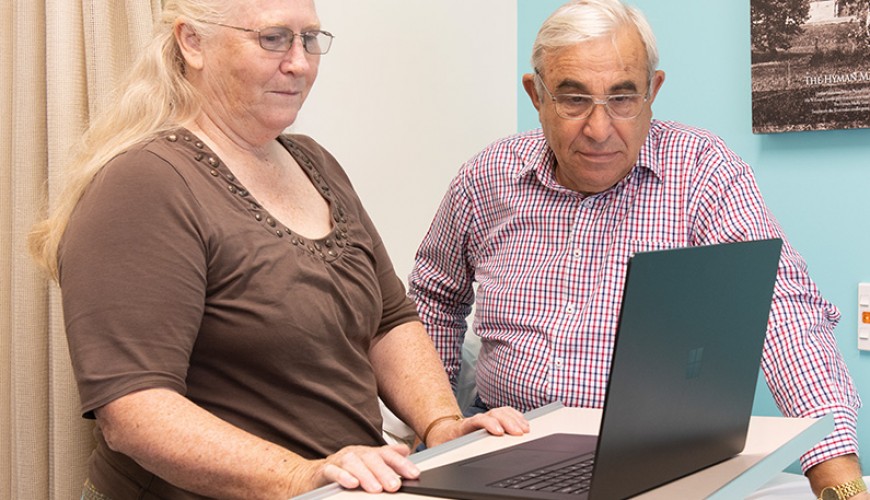Nurse-Led Telehealth Pathway for patients recovering from Transurethral Prostatectomy

Summary
Problem:
The Urology Outpatient department at Auckland City Hospital has faced a growing backlog of patients waiting for follow-up appointments, worsened by COVID-19 disruptions. Among the affected are patients who have undergone Transurethral Resection of the Prostate (TURP) procedures. Delays in follow-ups impact patient care and pose clinical risks, especially as over 18% of patients had more than four follow-up appointments over 6.5 years, resulting in 500 First Specialist Appointments (FSAs). With increasing financial pressures and resource limitations, improving service efficiency is critical.
Goal:
The objective was to standardise TURP follow-up care and reduce overbooking and unnecessary appointments, improving clinic capacity and patient access to timely care.
Approach:
The project applied a Lean Six Sigma DMAIC approach (Define, Measure, Analyze, Improve, Control) and utilized Failure Modes and Effects Analysis (FMEA) to assess risks before implementing a solution. FMEA helped identify and prioritise system failures that could affect patient care, aiming to increase satisfaction and reduce rework.
Methods/Design:
A cross-functional process map identified two key areas for improvement: clinician assessment at follow-up and the scheduling department. A retrospective study of 50 TURP patients revealed issues like the lack of standardised follow-up, incomplete discharge instructions, and patients not following instructions. Benchmarking with other health services and international standards led to the implementation of a nurse-led phone follow-up model, which ran as a PDSA pilot from Oct'22 to Mar'23 with 39 patients. This approach became the standard practice.
Results & Conclusion:
By May 2024, the new model saved 24 hours of clinic time (equivalent to three full clinic days), improving outpatient capacity for FSAs and complex follow-ups. There has been no negative feedback or poor outcomes, and the project enhanced the utilisation of resources. The nurse-led follow-up process has improved patient care efficiency and helped alleviate the burden on healthcare services, optimising the overall system for TURP follow-ups.
If you would like more information about this project, please email us.
